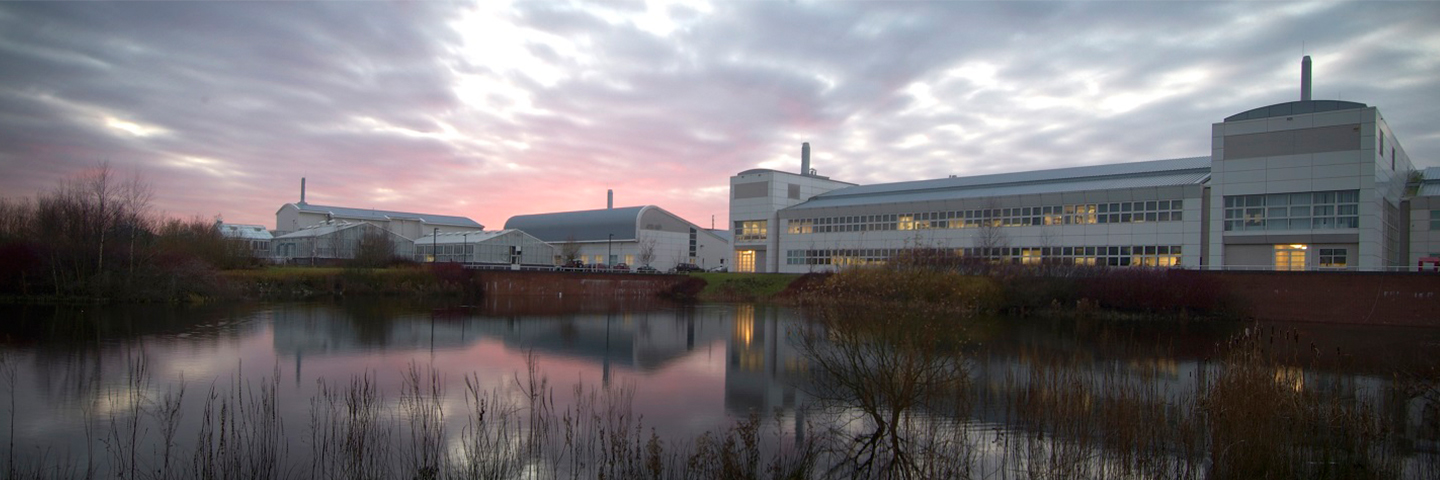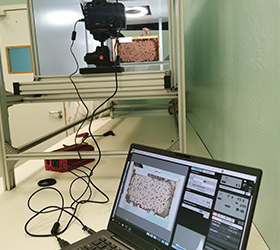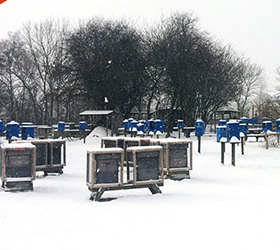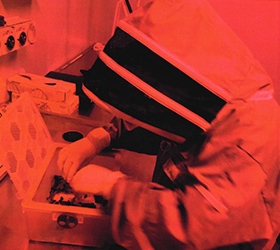
Visit our other sites
-
Fapas - Proficiency Testing
Globally recognised provider of proficiency tests, running over 400 tests annually across an extensive range of matrices and analytes
-
Great Crested Newts Testing
A single sample taken by an ecologist at any time during the newt breeding season can determine their presence or absence, saving you time and money

Pollinator Ecotoxicology
From standard laboratory studies to the more complex, bespoke higher tier studies designed to address specific risk assessment needs, our experts at Fera are perfectly placed to meet your data requirements, and to help our partners develop products that are safer for bees and other pollinators.
To help refine your risk assessment, Fera can undertake a range of higher tier cage, tunnel, or semi-field studies. Our capabilities include the Oomen Brood Feeding Study and the Honey Bee Brood Test under semi-field conditions (OECD GD 75).
The importance of bees to our ecosystem podcast
-




Fera Science Analytical Capability
Our leading-edge knowledge, expertise and state-of-the-art technology in assessing the environmental safety of chemicals and minimising their impact on the environment supports the agri-food chain and ultimately protects the consumer.
Specialising in the fate and effects of substances in the environment, our ecotoxicology specialists can respond rapidly to requests for complex, in-depth environmental GLP compliant studies, whether laboratory, field, or semi field studies. Fera can help you to develop effective, sustainable products that minimise ecosystem impacts and pollution, while maximising the beneficial effects for crops, plants, and animals.
We have a dedicated and experienced pollinator ecotoxicology team and over 150 colonies of honey bees, expertly managed by our bee keeping team to help us provide the data to support our partner’s risk assessments.
-
Range of proven laboratory tests to assess product toxicity to bees
-
Field studies to assess impacts on bees under tunnel & open-field conditions
-
Bespoke tests designed to address specific requirements
-
Access to resources and expertise of National Bee Unit
Meet The Team
Our team has over 30 years of bee testing experience with our partners in Industry, to ensure regulatory compliance of new and existing products. This, combined with over 50 years of experience in dealing with the collection and analysis of a vast array of bee related matrices keeps us at the front of research.

Selwyn Wilkins
Senior Bee Ecotoxicologist & Study Director

Emma Wright
Bee Ecotoxicologist & Study Director

Lisa Heely
Head of Ecotoxicology
Fera has the best people in the right place focused on delivering the right solution. We continuously invest in our people and support them in delivering the best science to our partners.
Our Services
| Study Type/Regulation | How? |
|---|---|
| Acute Toxicity Adult Honey Bee: OECD Test Guideline 213 and OECD Test Guideline 214 Bumble Bee: OECD Test Guideline 246 & OECD Test Guideline 247 |
|
| Chronic Oral Toxicity Adult Honey Bee: OECD Test Guideline 245 for the Testing of Chemicals: Honey bee (Apis mellifera L.),chronic oral toxicity test (10 day feeding test in the laboratory) |
|
| Acute Toxicity Larval, Single Dose Honey Bee: OECD Test Guideline 237: Honey Bee (Apis mellifera) Larval Toxicity Test Following Repeated Exposure |
|
| Chronic Toxicity Larval, Repeat Dose Honey Bee: OECD Guidance Document 239: Honey Bee (Apis mellifera) Larval Toxicity Test Following Repeated Exposure |
|
Higher Tier Bee Studies - Colony Feeding Study Honey Bee: Oomen (1992) Honey bee brood feeding test & Lückmann and Schmitzer (2019) modifications |
|
| Cage, Tunnel, Semi-field Honey Bee: OECD Guidance Document 75 |
|
| Field - Post Registration Monitoring / Residue Monitoring Honey Bee: Study specific |
|

Copyright © 2025 Fera Science Limited (“Fera”). All rights reserved.
For further information about how Fera uses any personal data collected from you, please see our Privacy Notice at www.fera.co.uk/privacy-policy.

